News
-
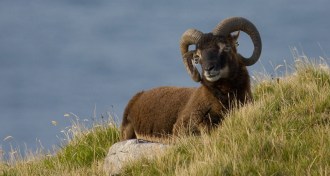 Animals
AnimalsFor sheep horns, bigger is not better
Trade-offs between studliness and survival keep less endowed sheep in the mix.
-
 Life
LifeBacteria can cause pain on their own
Microbes caused discomfort in mice by activating nerves, not the immune system.
-
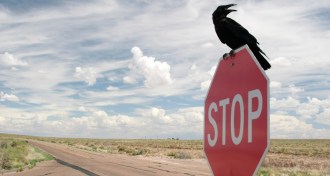 Animals
AnimalsBirds know road speed limits
Crows, house sparrows and other species judge when to flee the asphalt by average traffic rates rather than an oncoming car's speed.
By Susan Milius -
 Psychology
PsychologyBlood marker may predict suicide
People who killed themselves had higher levels of a gene involved in cell death.
-
 Health & Medicine
Health & MedicinePower of sugar may come from the mind
Only people who believe exertion zaps willpower get a boost from glucose.
-
 Life
LifeYears or decades later, flu exposure still prompts immunity
New forms of influenza viruses can spur production of antibodies to past pandemics in people who lived through them.
-
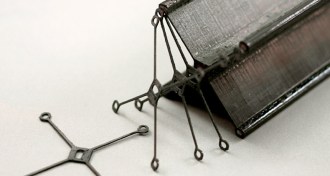 Materials Science
Materials ScienceToylike blocks make lightweight, strong structures
Bucking trend toward reducing numbers of parts, MIT engineers suggest building planes from thousands of identical pieces.
By Meghan Rosen -
 Health & Medicine
Health & MedicineClues emerge to explain allergic asthma
Tests in mice reveal that allergens can trigger inflammation by cleaving a clotting protein.
By Nathan Seppa -
 Health & Medicine
Health & MedicineGut-brain communication failure may spur overeating
Restoring a depleted molecule in obese mice repaired their abnormal response to food.
-

-
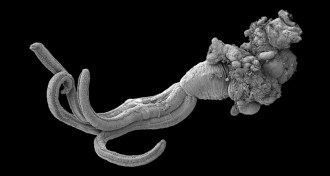 Animals
AnimalsAntarctic waters may shelter wrecks from shipworms
Ocean currents and polar front form 'moat' that keeps destructive mollusks at bay.
By Susan Milius -
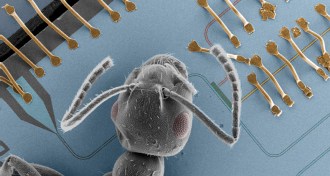 Quantum Physics
Quantum PhysicsQuantum teleportation approaches the computer chip
Researchers speedily transmit information from one tiny circuit to another on solid-state device.
By Andrew Grant